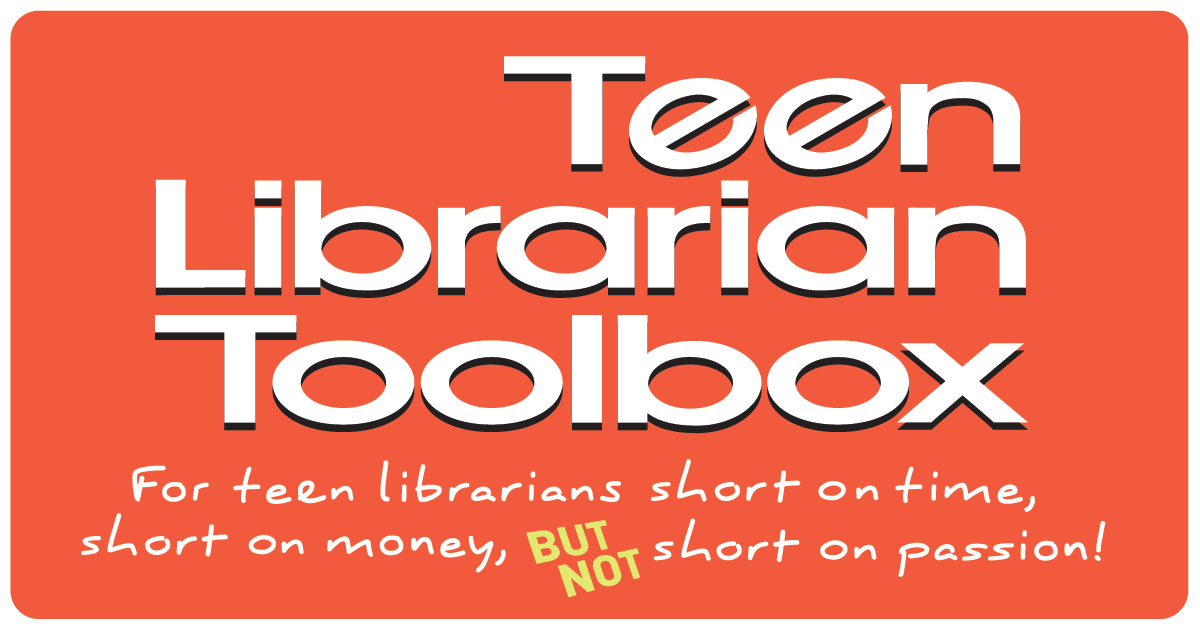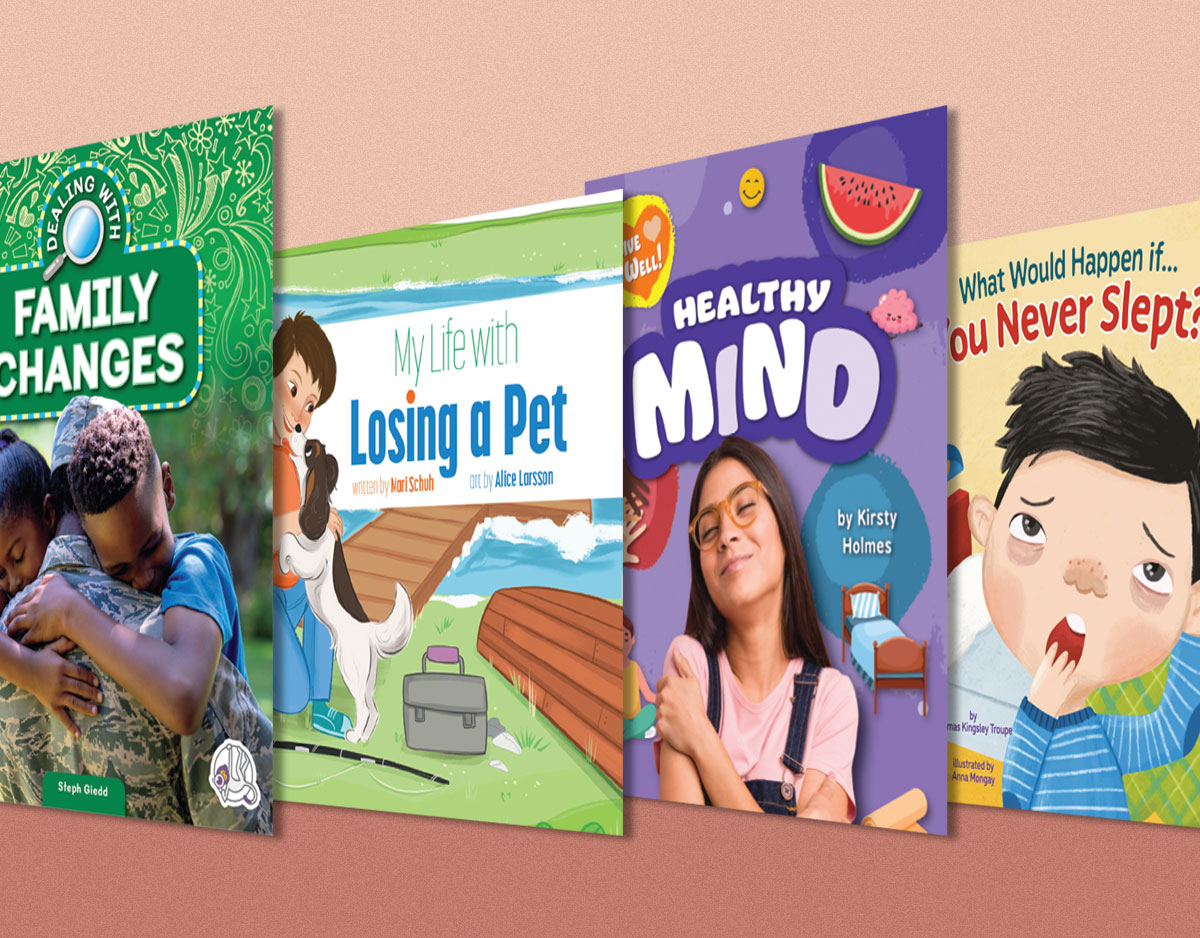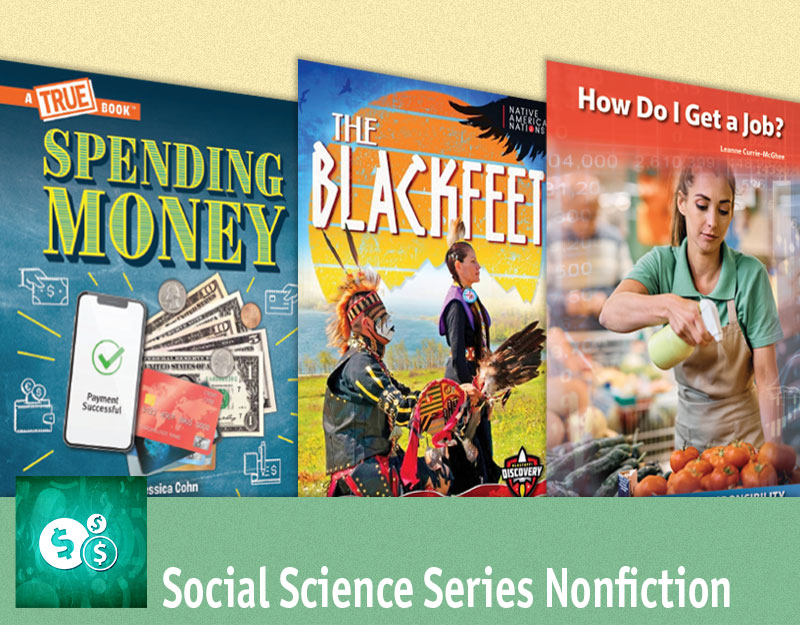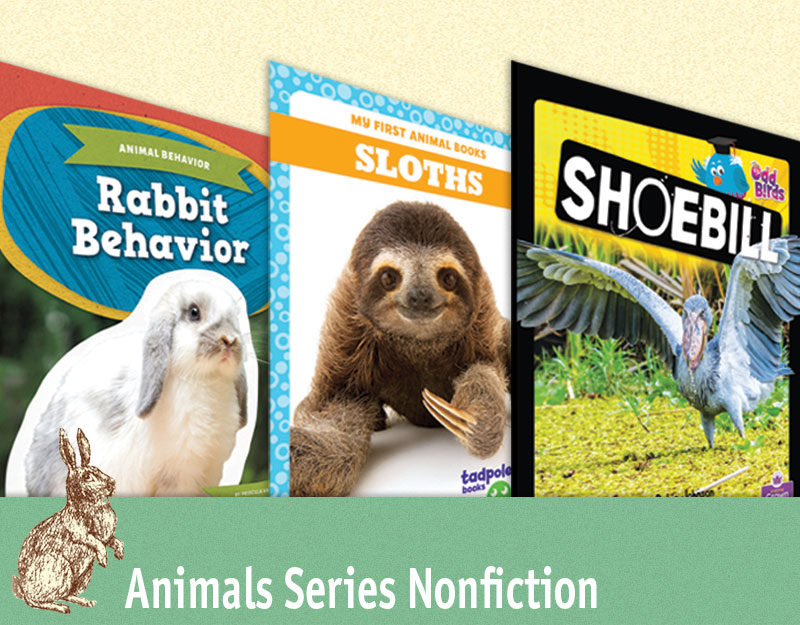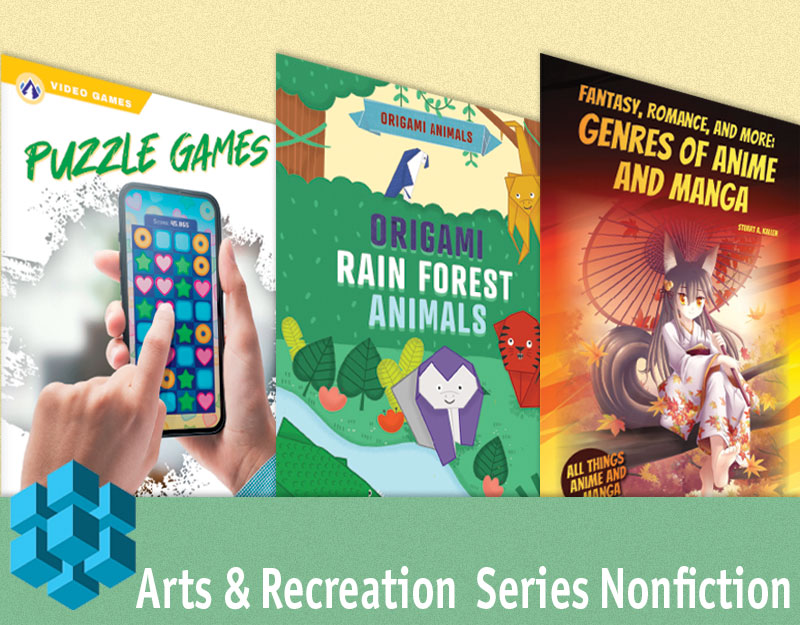Promoting Teen Writers, a guest post by author Jennifer Nielsen
Earlier this month, I shared with TLT readers how The Teen was trying to start her own teen creative writing group and some of the resources that were recommended to us. Today I am honored to welcome author Jennifer Nielsen who joins us to talk more about cultivating young creative writing talent.
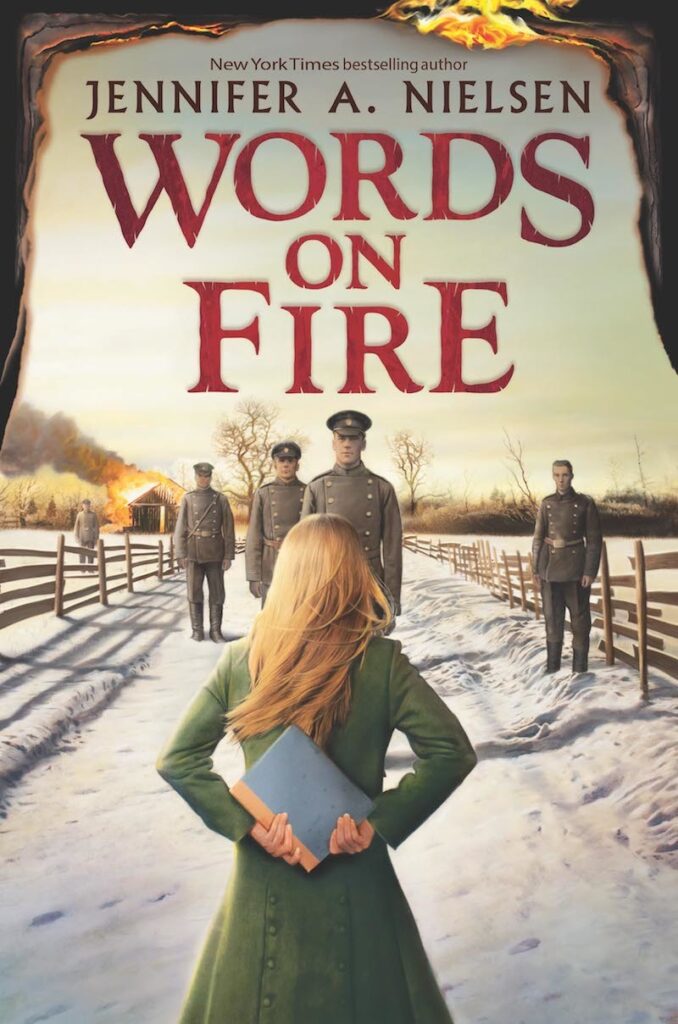
As an author, one of my greatest joys is meeting young writers. They are excited, often almost bursting with story ideas they want to share. They ask questions – intelligent, thoughtful, meaningful questions – about craft, career, and problem solving. They want to know other young writers, to give and get feedback and support, but often, they do not know where to turn.
ADVERTISEMENT
ADVERTISEMENT
Schools cannot always fill this need in the classroom. As teachers face increasing pressures to focus on STEM education and standardized testing, creativity is often forced out of many classrooms across the country. Personal narratives, persuasive essays, and research papers often take priority over original stories or free writing time.
I wonder about this. We urge students to read but deny them classroom opportunities to create these stories themselves. How can we persuade them that one is important when the other is ignored or devalued?
No one will deny that academic writing is an important skill to learn, but when that’s all a student is exposed to, a gap is created that teen libraries may consider filling.
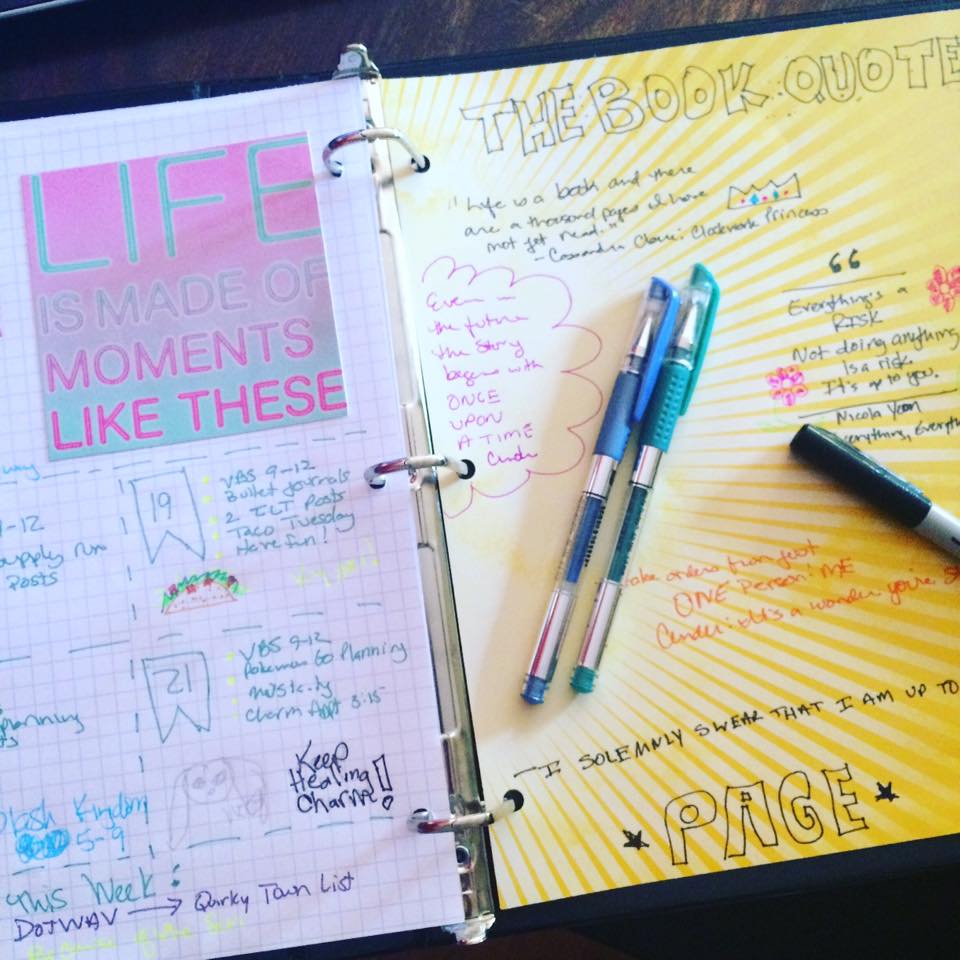
Consider what creative writing does for a young person:
- It reinforces reading skills. In the same way that a teacher often learns more than her students, writers often pick up reading skills they otherwise would have missed.
- It is the great equalizer. Creative writing is not “right” or “wrong;” it’s simply a collection of choices. For that reason, a top student has no advantage over someone far behind the rest of their class.
- It validates the writer’s voice. Teen libraries are constantly seeking ways to recognize their patrons’ voices, to listen to them, empower them. Writing achieves that, allowing the free expression of thought to emerge on the page. When that page is shared, or posted, or re-read, the writer is heard.
- It allows for an expression of the ideal self. During the years when self-worth is most under assault, it’s important to remember that most young writers use themselves as their main character. But not as they are – instead, it’s often the person they wished they could be: cooler, more powerful, more heroic. It is one place where a student can delve into their imagination and seek out their best self. In the same way that a library is a safe space for their patrons, a young writer’s work is their personal safe space.
- It allows for an exploration of emotions. Some teens with serious concerns on their minds hold in their emotions, or express them in unhealthy and sometimes dangerous ways. However, the young writer often creates a story that explores these difficult emotions within the safety of a written page. This creates an additional advantage: a teen librarian who might be asked to read such a story may be able to perceive a call for help, even when it is not directly given.
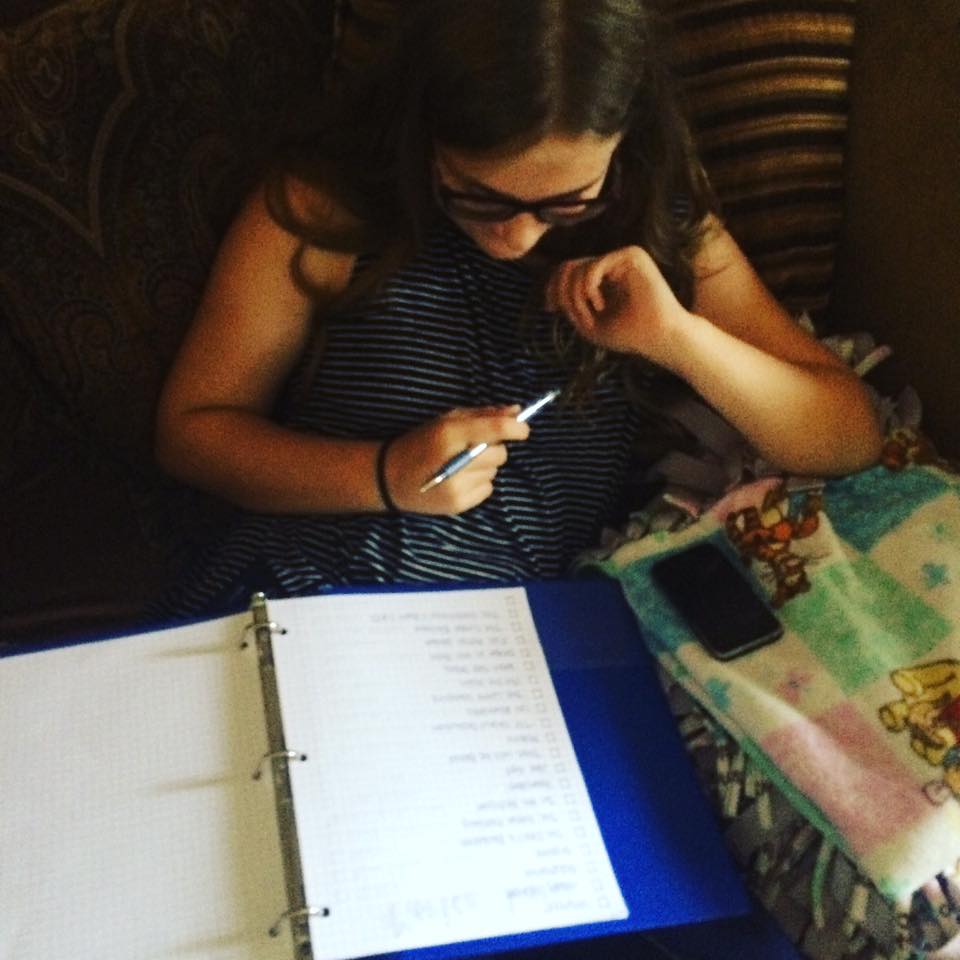
Teen libraries seeking to provide creative writing space can do so in relatively simple ways:
- By posting weekly writing prompts; in the form of a question, an image, a stupid fact, an excerpt of song lyrics, etc.
- By creating a group story. Patrons may check out a notebook with an ongoing story that they must read to understand where the story was left off, then they can add to it as many words as they want, whether a paragraph, a chapter, or more. Rules should be put in place for what is acceptable, but otherwise, let them have at it!
- By posting student created poetry next to a similar published poem or song – except there are no names on it. Patrons can guess which is student created and which is professionally created.
- By setting up manuscript exchanges. There are few places for a young writer to go to have their work read, particularly by a peer. But learning to give constructive criticism, and to receive the same. is an invaluable skill.
- By allowing teens to “check out” the finished and printed works of their peers, just as they would a book.
- By posting opportunities for writing contests, or, as interest grows, by hosting a contest. Summer programs often offer rewards for reading. Why not expand that for writing, with its own rewards and recognitions? They could be a natural pairing.
Teen libraries that create places and opportunities for young writers will fill a need their patrons may not even realize they have. But it will eventually be rewarded. Tomorrow’s generation of authors are in the libraries today. They need to be found.
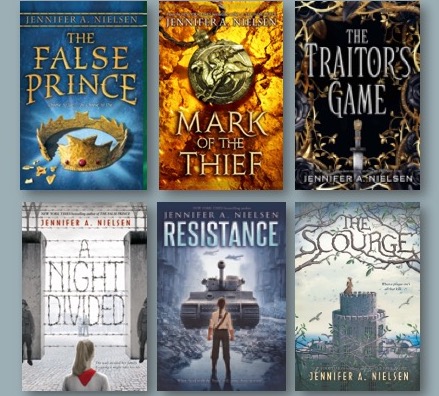
Meet Author Jennifer A. Nielsen

https://jennielsen.com/about2
Jennifer A. Nielsen is the New York Times Bestselling author of The Ascendance Trilogy, A Night Divided, and other titles. Her next release will be Words on Fire (Oct 2019, Scholastic), the story of the Lithuanian resistance fighters who smuggled books into their country to save it from the Russian empire.
About Words on Fire
ADVERTISEMENT
ADVERTISEMENT
New York Times bestselling author Jennifer A. Nielsen transports readers to a corner of history with this inspiring story of a girl who discovers the strength of her people united in resisting oppression.
Danger is never far from Audra’s family farm in Lithuania. She always avoids the occupying Russian Cossack soldiers, who insist that everyone must become Russian — they have banned Lithuanian books, religion, culture, and even the language. But Audra knows her parents are involved in something secret and perilous.
When Cossacks arrive abruptly at their door, Audra’s parents insist that she flee, taking with her an important package and instructions for where to deliver it. But escape means abandoning her parents to a terrible fate.
As Audra embarks on a journey to deliver the mysterious package, she faces unimaginable risks, and soon she becomes caught up in a growing resistance movement. Can joining the underground network of book smugglers give Audra a chance to rescue her parents?
Filed under: Creative Writing, Teen Programming
About Karen Jensen, MLS
Karen Jensen has been a Teen Services Librarian for almost 30 years. She created TLT in 2011 and is the co-editor of The Whole Library Handbook: Teen Services with Heather Booth (ALA Editions, 2014).
ADVERTISEMENT
ADVERTISEMENT
SLJ Blog Network
The 2024 Ninja Report: Bleak
A Sequel Coming This Summer That You Won’t Want to Miss: Bob Shea Discusses His Latest
Review| Agents of S.U.I.T. 2
ADVERTISEMENT

